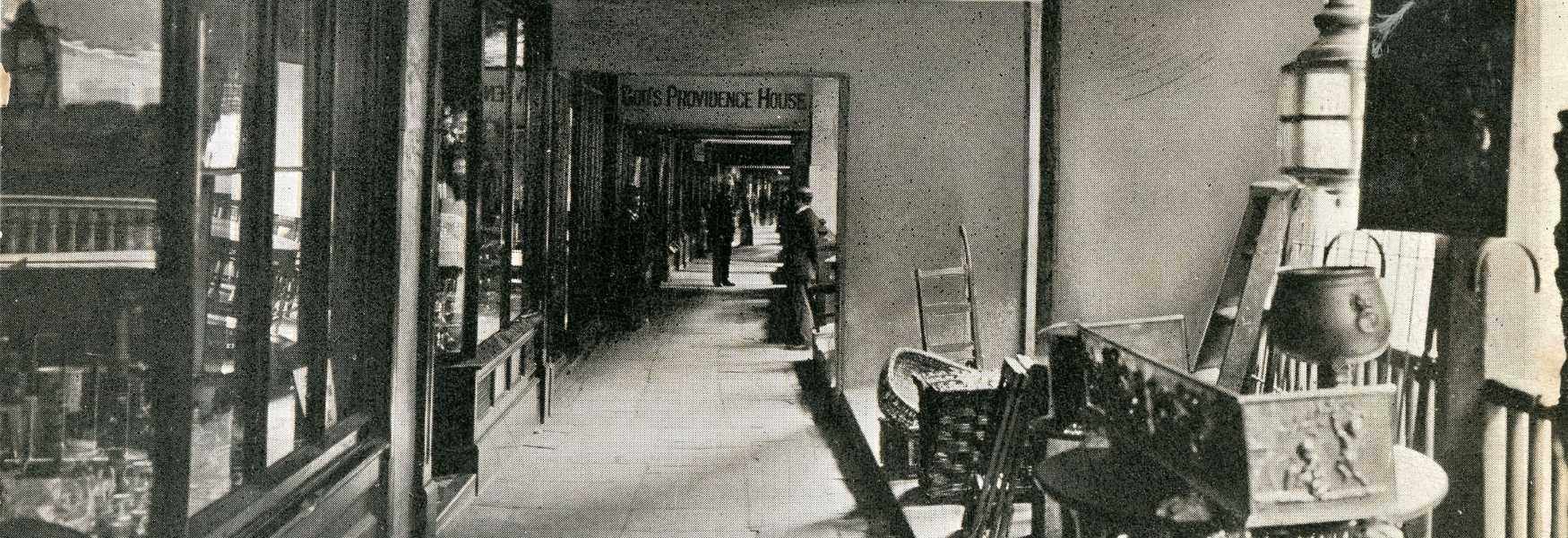The Rows have fascinated Chester’s visitors and locals alike for over 700 years. Radiating from the Cross, in the heart of the walled city, the Rows line Chester's four main streets and are now one of its main attractions. This guide will help you discover a little bit more about what gives Chester one of England's most distinctive townscapes
What are The Rows?
To put it simply, the Rows are covered galleries that line the first-floor level of much of Eastgate Street, Watergate Street and Bridge Street, together with part of Northgate Street. Fragments still also remain on Lower Bridge Street - if you know where to look...
Today they are home to a whole range of businesses. These include pubs, restaurants, cafes together with quirky independent shops. Some areas are bustling with visitors, while other parts can be surprisingly quiet and provide a pleasant spot to take a moment and watch the busy street below.
Why does Chester have the Rows?
The Rows are unique to Chester and their precise origins are unknown. Various theories have been put forward, but no one really knows.
One suggestion is that they were constructed on top of the rubble remaining from Roman times. Modern Chester was once the Roman fortress of Deva and much of the stonework remained a thousand years after it was built. Another idea is that medieval townsfolk wanted to improve the retail potential of their properties and being restricted by the Roman walls surrounding the city were forced to build store fronts vertically to maximise space and profit. A further theory is that they were built for security against Welsh raiders.
Whatever the reason, research suggests that the Rows probably began to develop in the late 13th century. The devastating fire suffered by the city in 1278, a period when Chester was an important medieval port, may have spurred their development as much of the city was rebuilt.
The Rows once bore the names of the various trades who clustered there. Bridge Street was the home of Shoemakers Row and Mercers Row, Watergate Street the site of the Butchers Row, Eastgate Street hosted Cornmarket Row while Ironmongers Row ran up Northgate Street.
Such was the fame of the Rows that notable visitors to the city commented on them. In the first half of the 18th century 'Robinson Crusoe' author Daniel Defoe complained that they made the city look 'both old and ugly' while Methodism’s founder John Wesley commented on how they kept him clean and dry in any weather. A century later Victorian novelist and travel writer George Borrow thought that the Rows contained 'All the best shops in Chester'.
This history was provided by the Team at the Chester Visitor Information Centre - make sure to visit them to find out more!
Images courtesy of Cheshire Archives and Local Studies, Cheshire Image Bank and The Grosvenor Museum,
 to add an item to your Itinerary basket.
to add an item to your Itinerary basket.









